2023 review: Rediscover the year’s most popular articles
An eventful year is coming to an end. This was particularly true in North America, where the Infrastructure Reduction Act, IRA, and NACS drove the market. America’s trillion-dollar funding led global manufacturers to announce factory after factory to continue selling in the US and benefit from the state funds.
As for Tesla, the biggest news came last – the carmaker made its proprietary North American Charging Standard a near reality just before the closing of the year. SAE International has taken the first step to forge a harmonised version called J340, nudged on by the Tesla development and the many carmakers already committed to switching.
Moving on to Europe, the power of regulation could also be felt but was not reflected in your most-read articles. Yet, the new laws and the struggle for compromise were of course widely discussed, be it the ICE sales ban – only slightly dimmed by watered-down Euro 7 standard – or the charging infrastructure regulation in Europe. In the UK, the government delayed the end of the combustion engine, yet the latest EU decision to postpone rules of origin for EV imports may be a relief. Plans for British battery factories remained volatile, but carmakers BMW and Nissan committed to continue building electric cars in Britain. At the same time, states from France to Germany or Sweden have scaled back subsidies but started investing in DC charging infrastructure – now also including heavy-duty electric vehicles, of which plenty were coming this year.
But we won’t keep you any longer – these are exciting times and more ahead – for now, here are the most popular articles of 2023.
– January –
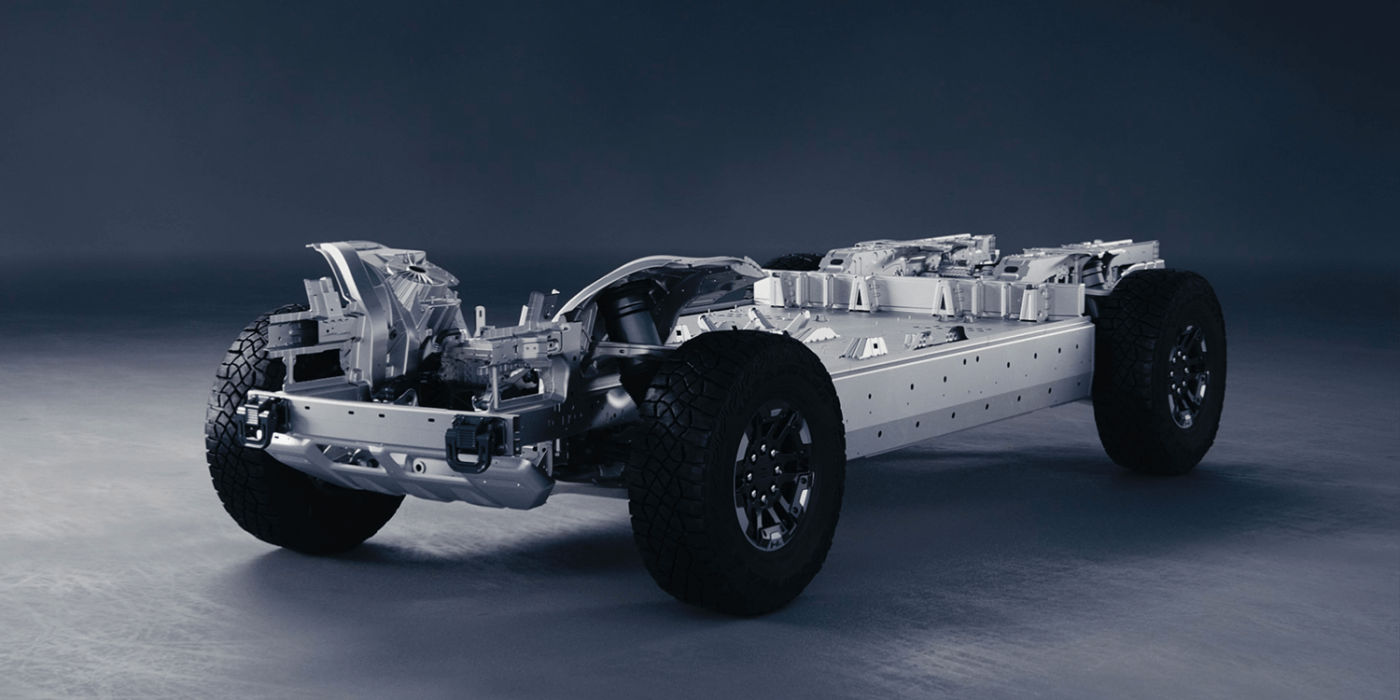
GM to switch from pouch to round battery cells
General Motors reportedly wants to switch from pouch to round cells in future electric models. The change in cell format was also why the carmaker and LG Energy Solution did not pursue their plan for a fourth joint US battery cell plant. A few months later, it was reported that Samsung SDI would supply the cells and that the companies would build a joint factory in the US with an annual capacity of at least 30 GWh.
Continue to the original news on electrive
– February –
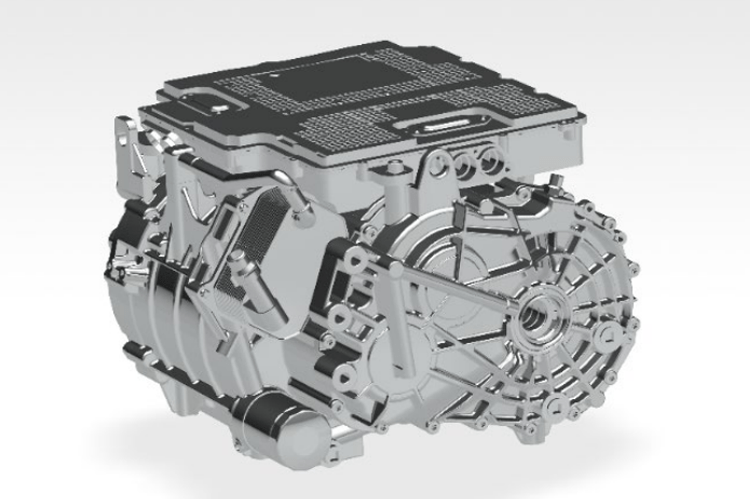
BorgWarner announces new inverter technology
BorgWarner is expanding its 400V inverter business with a major global OEM by now supplying 800V silicon carbide-based (SiC) inverters. The high-voltage inverters will be used in passenger BEVs: a 250kW inverter for passenger cars and all-wheel drive crossover utility vehicles and a second 350kW module for the OEM’s performance vehicles.
Continue to the original news on electrive
– March –
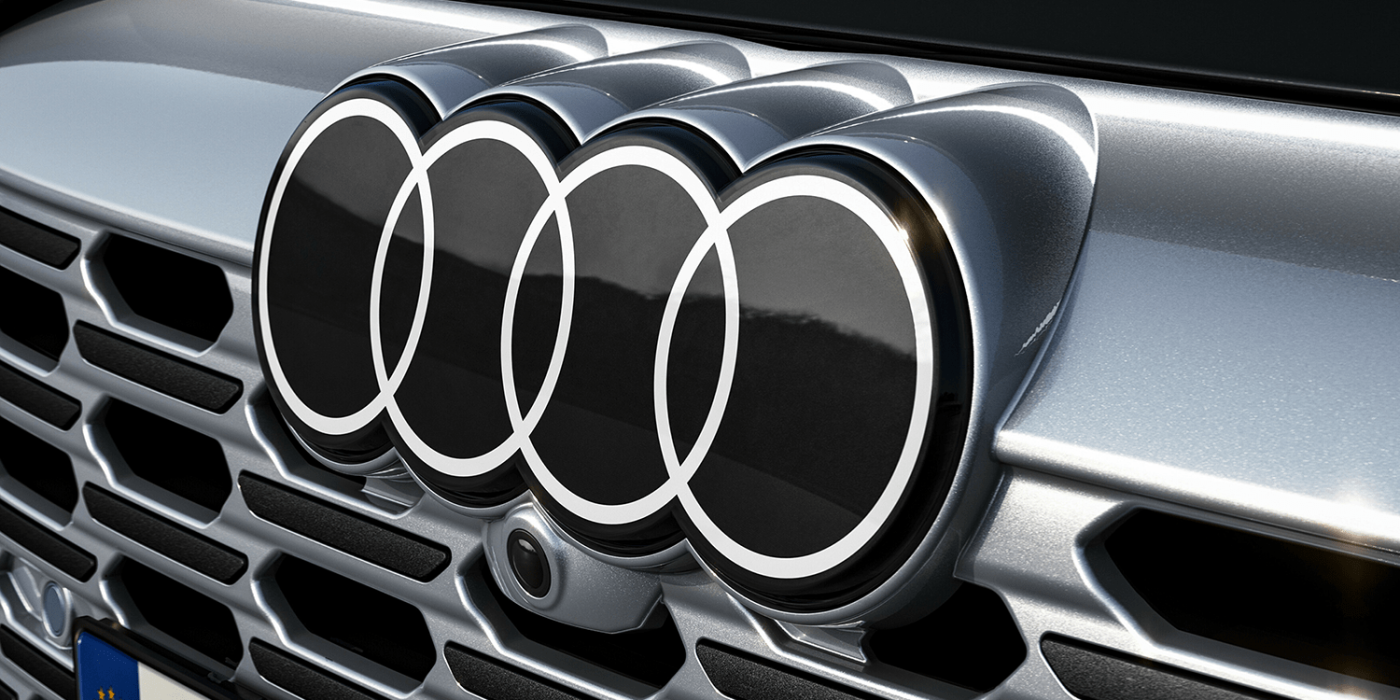
Audi rearranges model names and announces new EV
In spring, Audi announced that it is putting its model names in a new order. To that end, odd numbers will be reserved for combustion engines and even ones for those with electric powertrains. And the German carmaker is planning a model below the Q4 e-tron. Following Audi’s logic, it should be called Q2 e-tron or A2 e-tron.
Continue to the original news on electrive
– April –
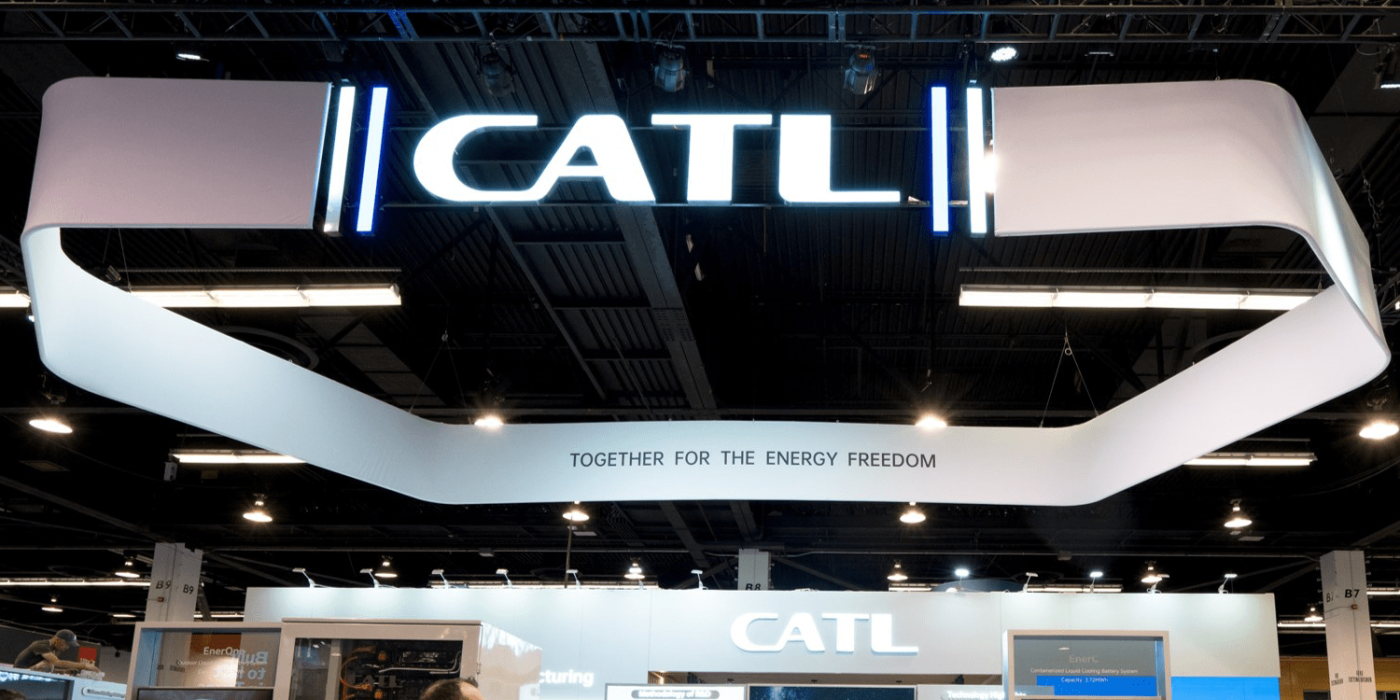
CATL launches ultra-high energy ‘Condensed Battery’
CATL showed its new ‘Condensed Battery’ technology in Shanghai, which claims an energy density of 500 Wh/kg at the cell level. The Chinese battery giant considers it suitable for electric aircraft but also envisions use in road vehicles, with series production to start this year. It was not the last new battery technology by CATL announced in 2023.
Continue to the original news on electrive
– May –
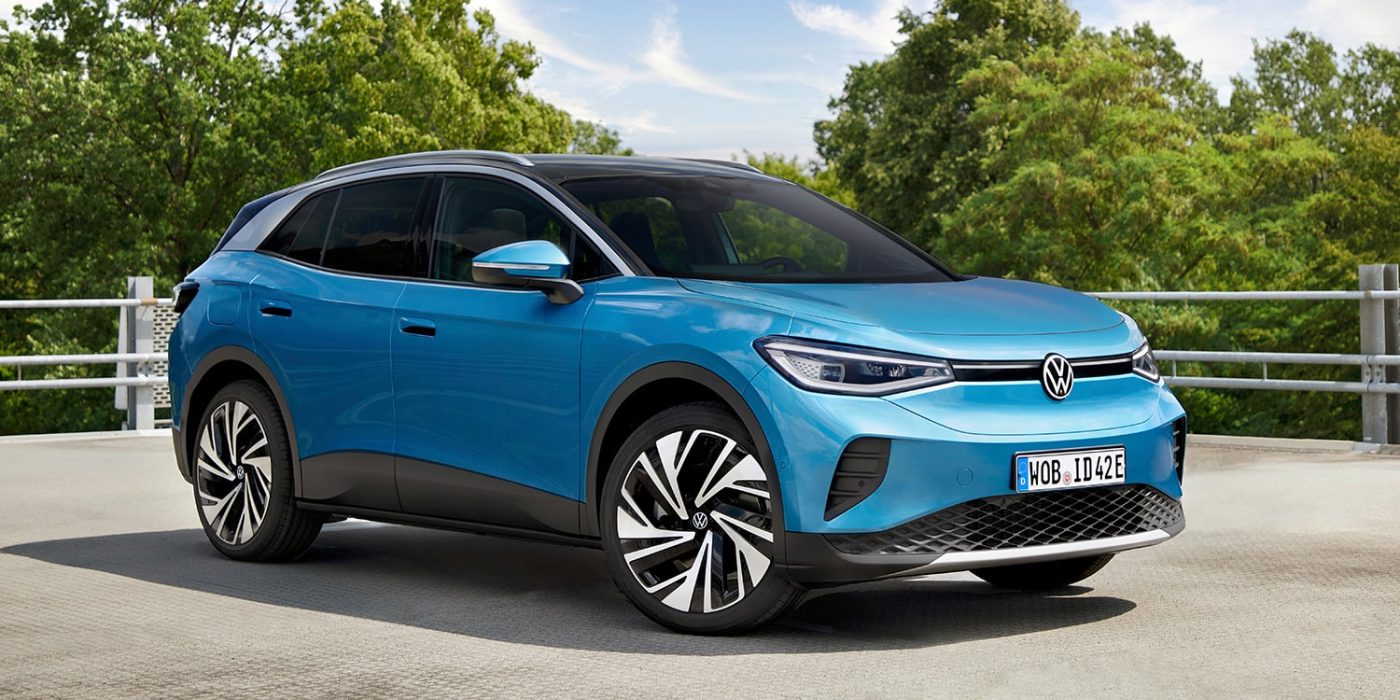
VW plans facelift for ID.4
After the ID.3, VW confirmed that the VW ID.4 would also get a facelift. According to media reports, the electric SUV will receive technical updates from 2024 and a visual redesign from around mid-2025. The carmaker then presented some of those changes on the sidelines of the IAA in September, notably changes to the motor and to the batteries.
Continue to the original news on electrive
– June –
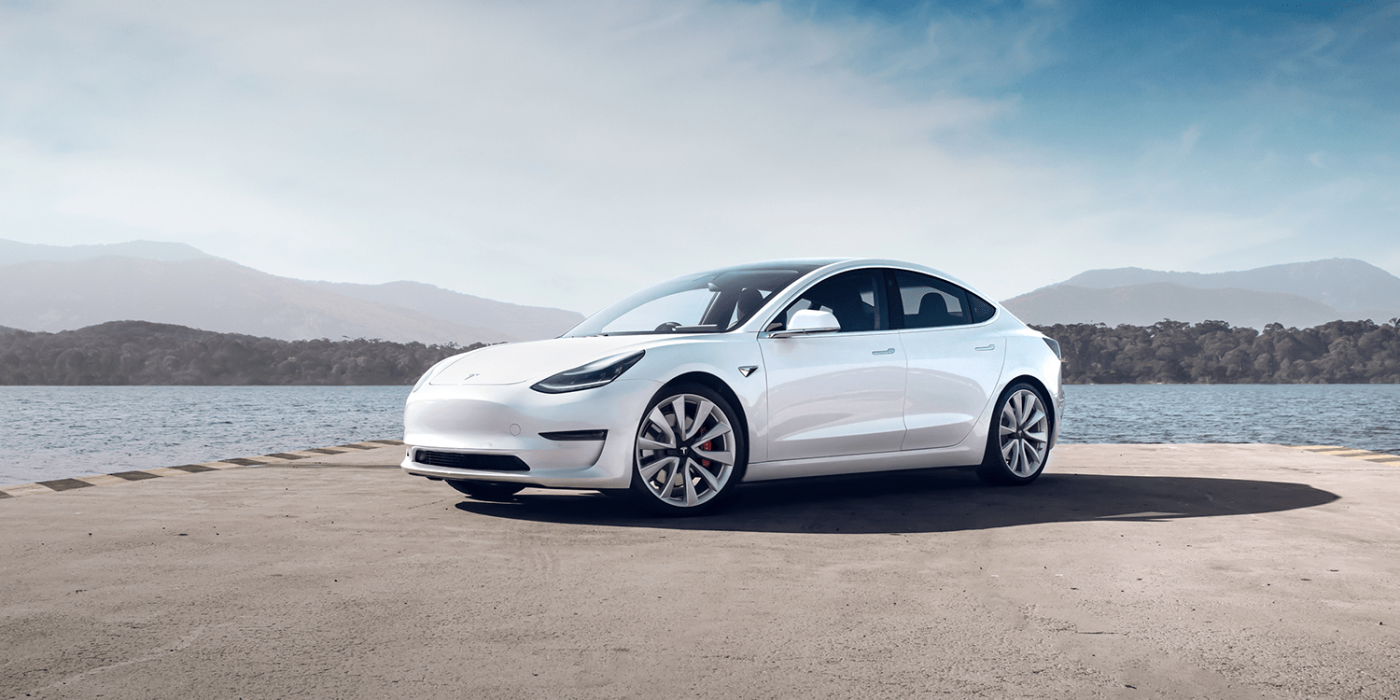
Tesla announces scrappage scheme bonus in the UK
This past summer, Tesla launched a new car scrappage scheme in the UK for customers who trade in an older petrol or diesel car model. Customers whose car was valued at less than £2,000 will get £2,000 off the purchase of a new Model 3 or Model Y. The deal was valid throughout the month of June.
Continue to the original news on electrive
– July –
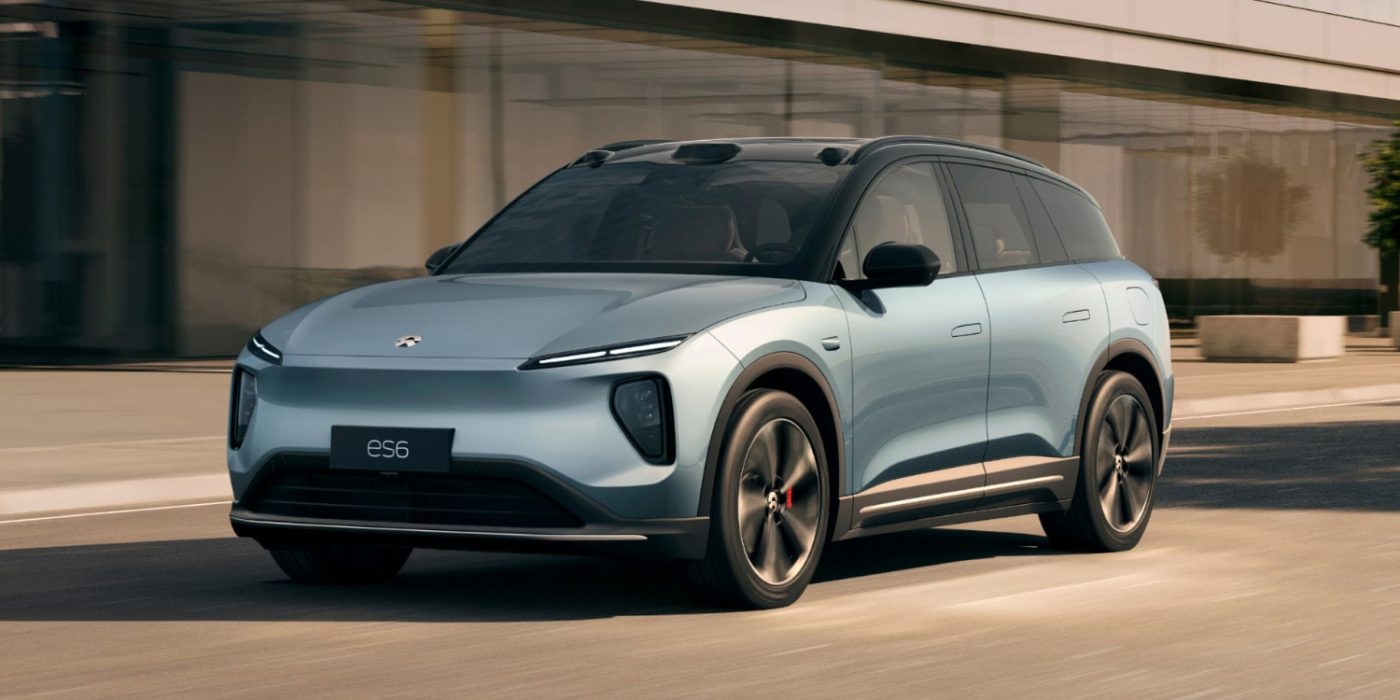
Nio integrates 150 kWh semi-solid state batteries
In China, battery specialist WeLion delivered its first semi-solid-state battery cells to electric car manufacturer Nio. Nio will use the cells in its 150 kWh battery pack. In October, the carmaker announced that it would significantly expand the use of battery packs with semi-solid-state cells.
Continue to the original news on electrive
– August –
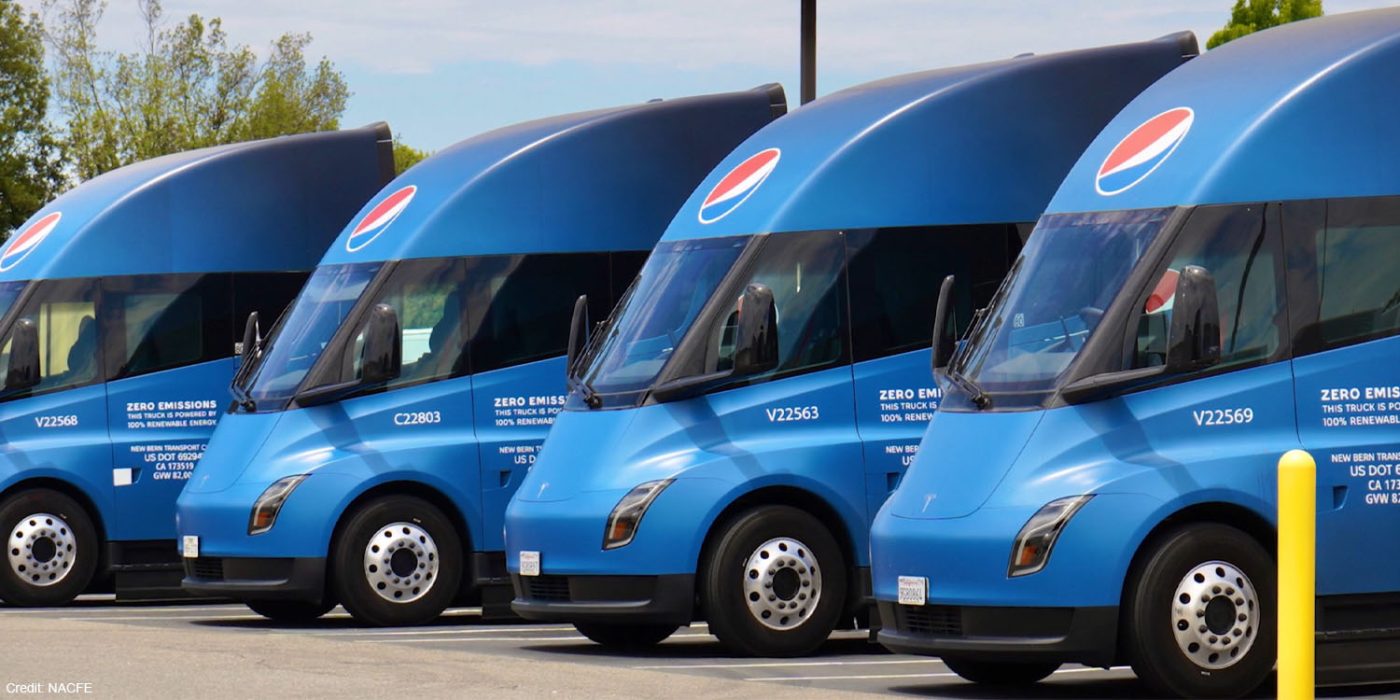
PepsiCo cites consumption of 1.1 kWh/km for Tesla Semi
PepsiCo uses 21 Tesla Semis in a bottling plant in Sacramento, CA. The beverage company provided insights into the daily logistics routine with the all-electric US Class 8 trucks, including statements on consumption, recuperation or the range. PepsiCo was first to order the Tesla Semi over five years ago.
Continue to the original news on electrive
– September –
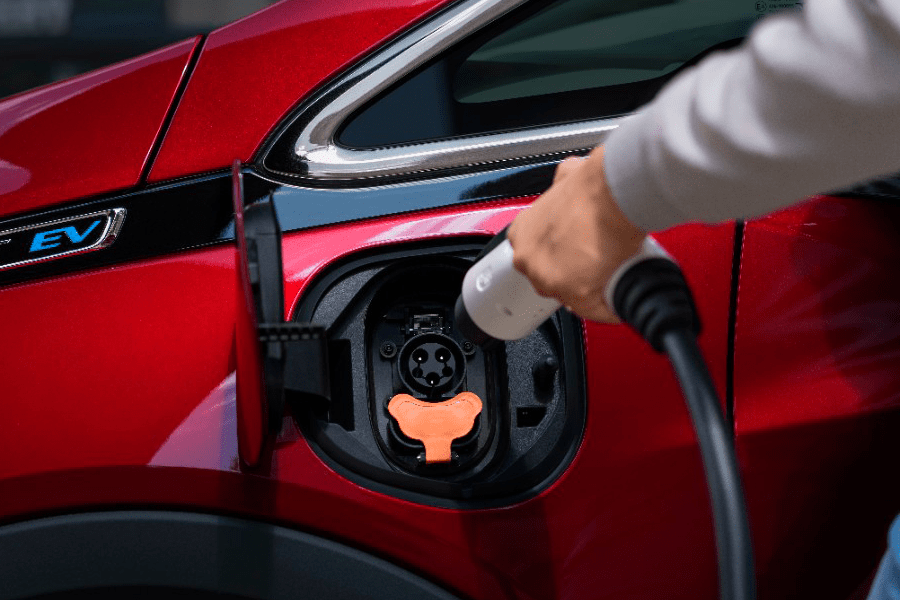
Duke Energy releases flat-rate EV charging tariff in North Carolina
Duke Energy is launching a flat-rate pilot with carmakers General Motors, Ford and BMW. The ‘EV Complete Home Charging Plan’ will allow customers in North Carolina to use up to 800 kWh per month to charge an EV at home for a fixed monthly fee. The company estimates the average EV driver uses less than 15 kWh on a given day, adding up to 450 kWh in a month, meaning the pilot will offer nearly twice the amount per month needed.
Continue to the original news on electrive
– October –
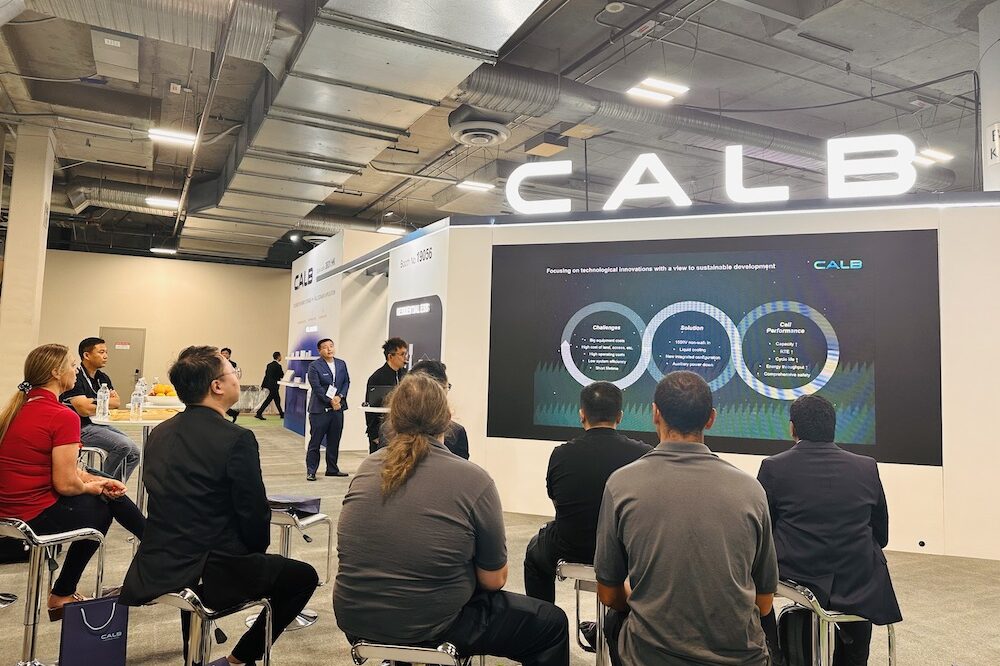
CALB reveals high-density battery with 25-year lifecycle (Advertorial)
At the RE+ trade show in Las Vegas, CALB, China’s third-largest battery maker, unveiled its 314Ah energy storage solution as part of its strategy of greater globalization.
Continue to the original news on electrive
– November –
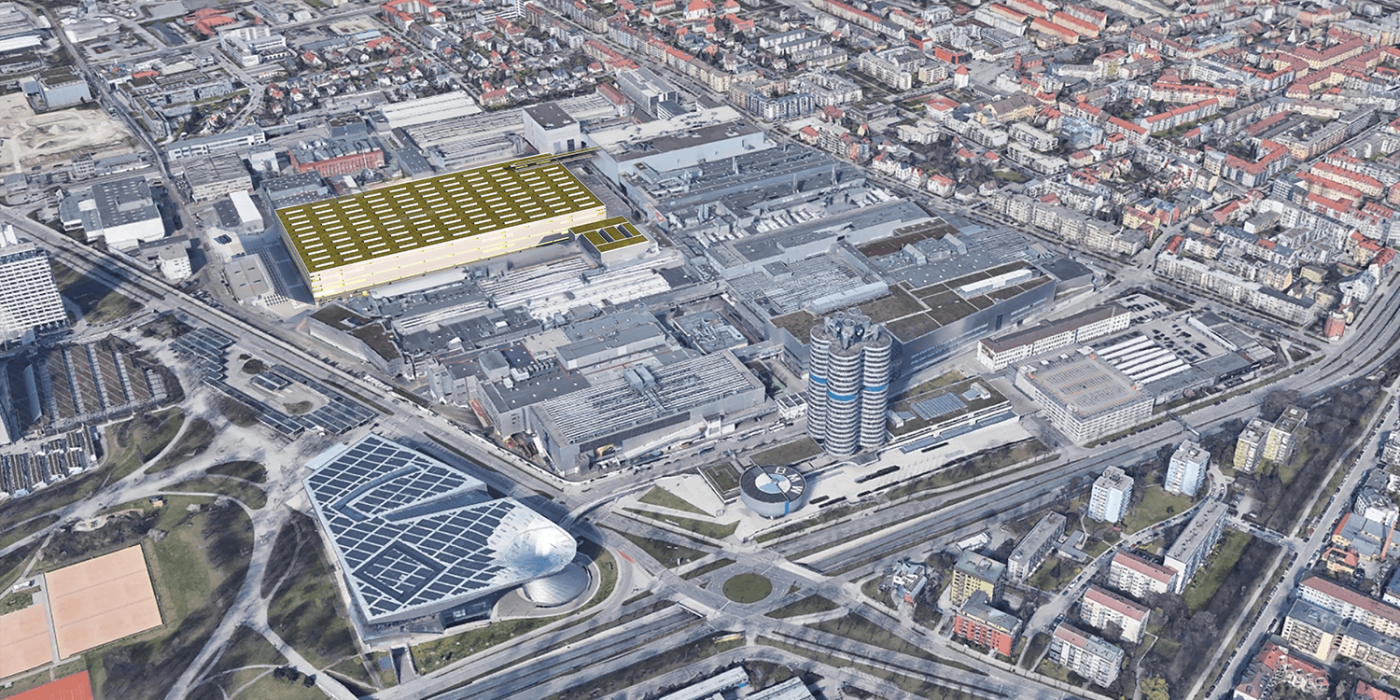
BMW no longer builds combustion engines in Germany
BMW ended the production of ICEs at its main plant in Munich. The long-announced step was to make room for the production of electric cars at the Bavarian plant. That said, BMW has not stopped making ICEs altogether. It relocated the production of combustion engines to Steyr in Austria and Hams Hall in the UK.
Continue to the original news on electrive
– December –
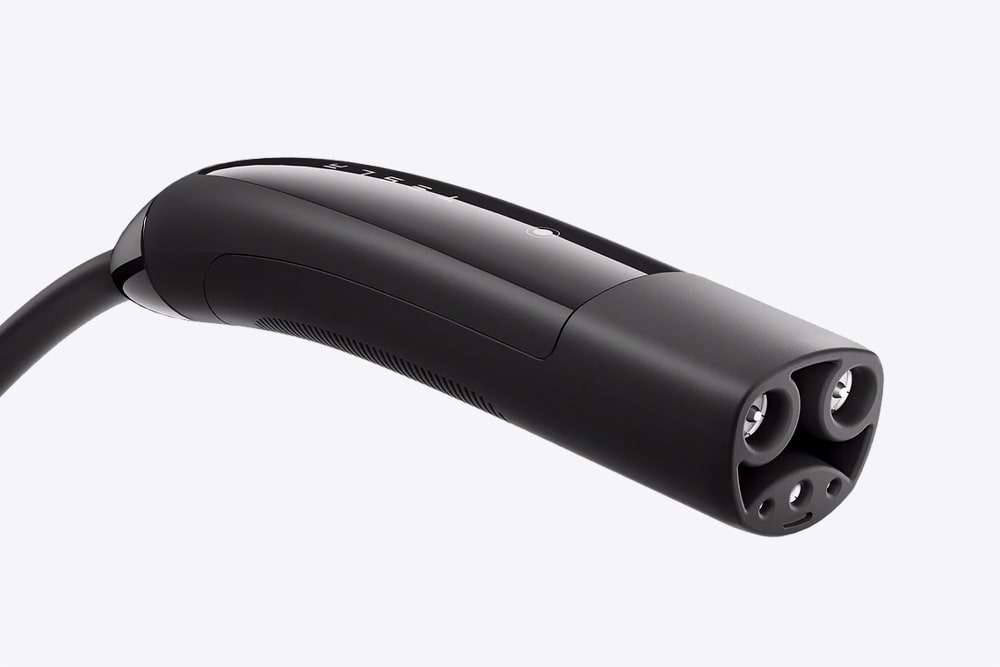
Tesla NACS to become an official charging standard in North America
The harmonisation organisation SAE International published a corresponding document which turns Tesla’s de-facto standard into a harmonised NACS connector standard. The development prompted the DfT to look into infrastructure funding and sees Volkswagen coming on board. In the US, one OEM after another had announced that they would offer their EVs with Tesla’s charging technology, the North American Charging Standard or NACS, from 2025.
Continue to the original news on electrive
***
That was electrive’s news review of the year with the twelve most-read articles from 2023. After a hopefully merry Christmas, we wish you a happy and healthy New Year and a wonderful start to 2024!

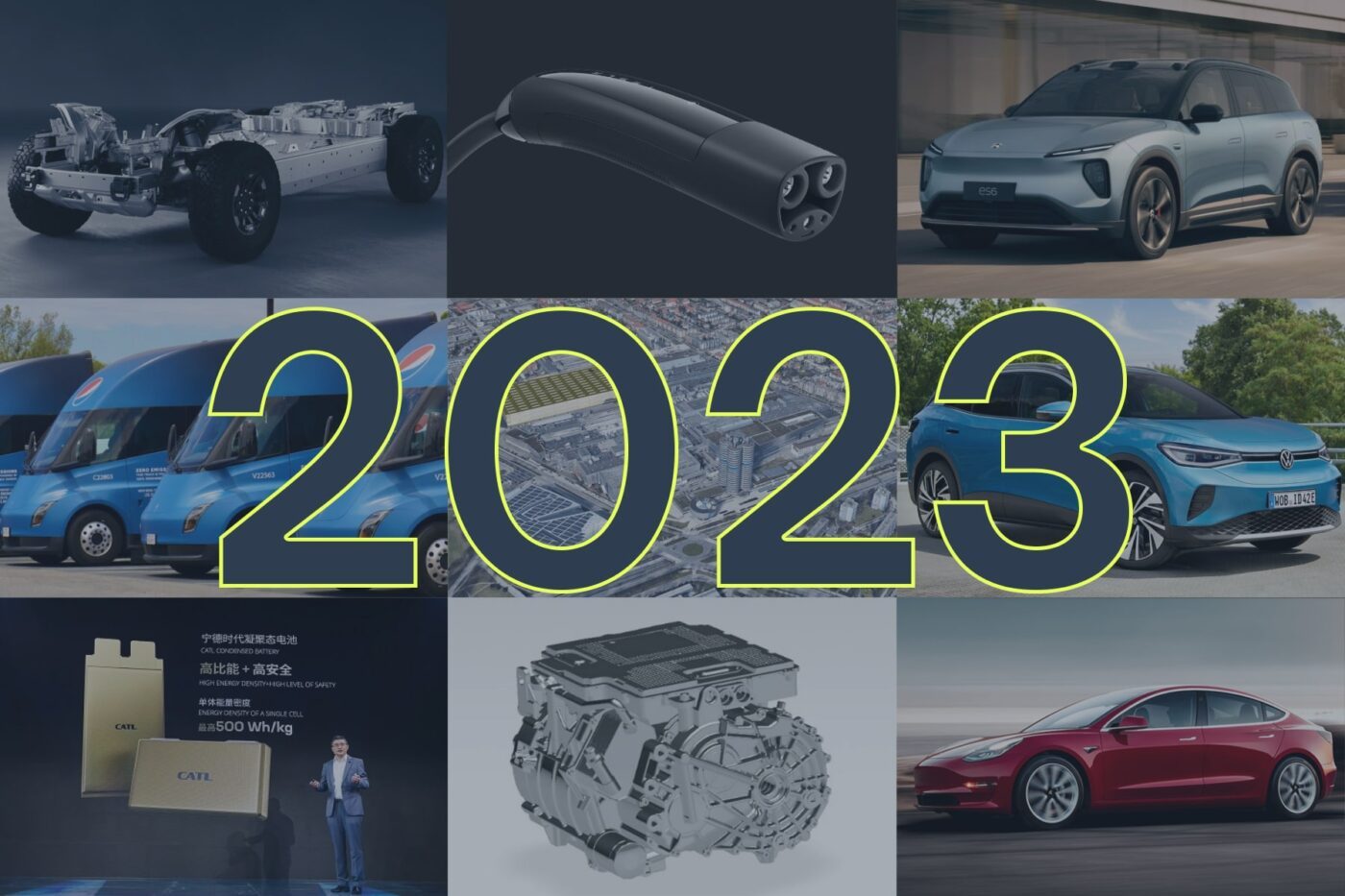
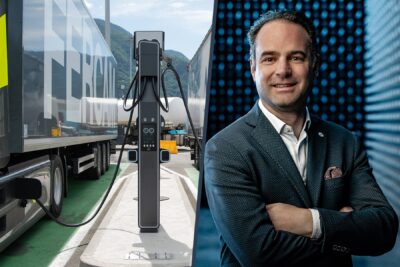
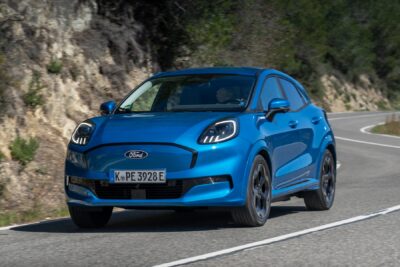
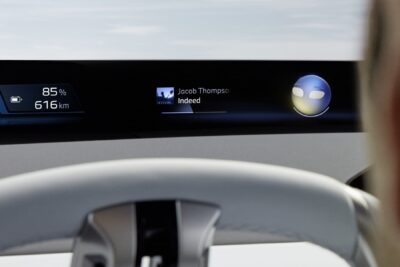
0 Comments